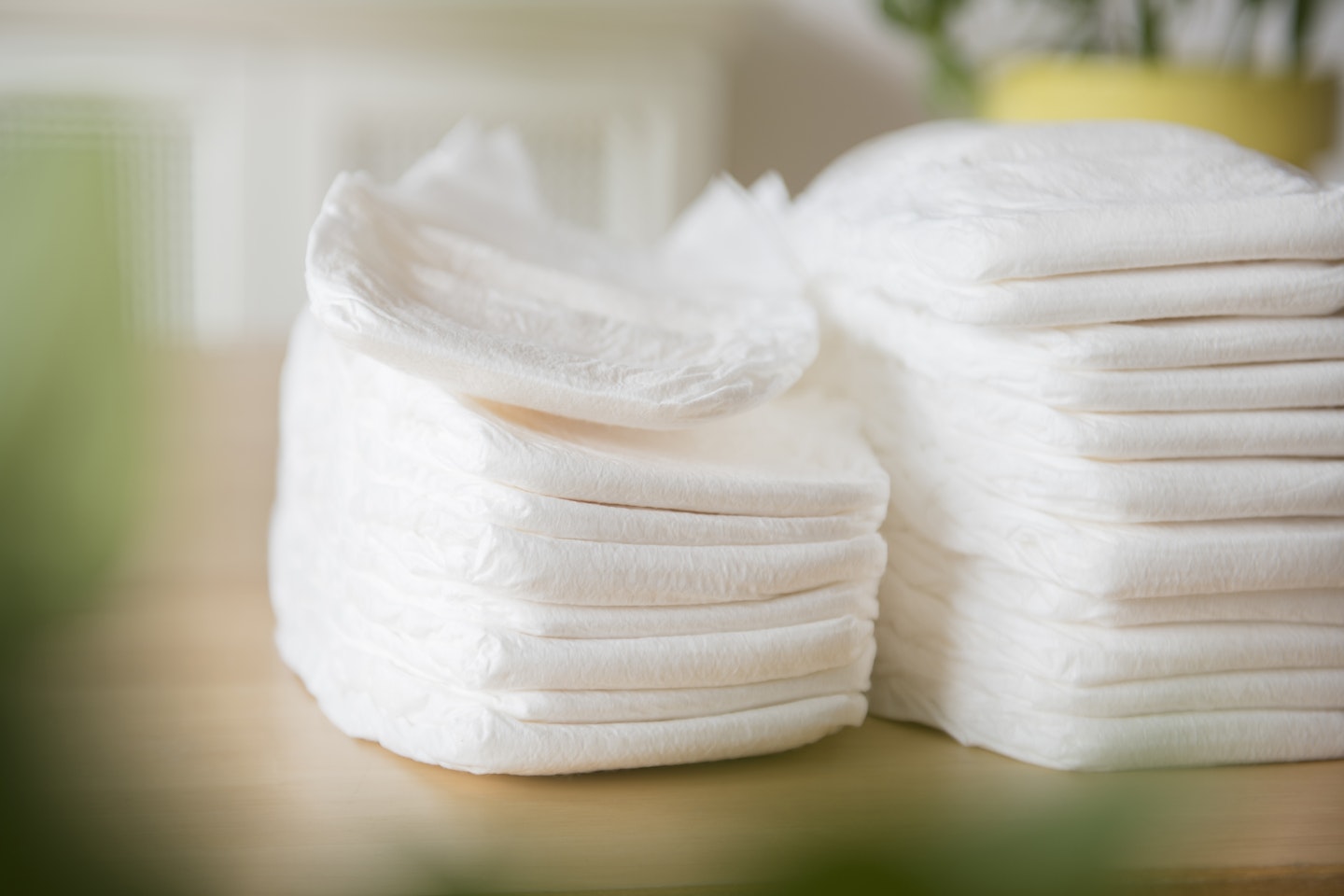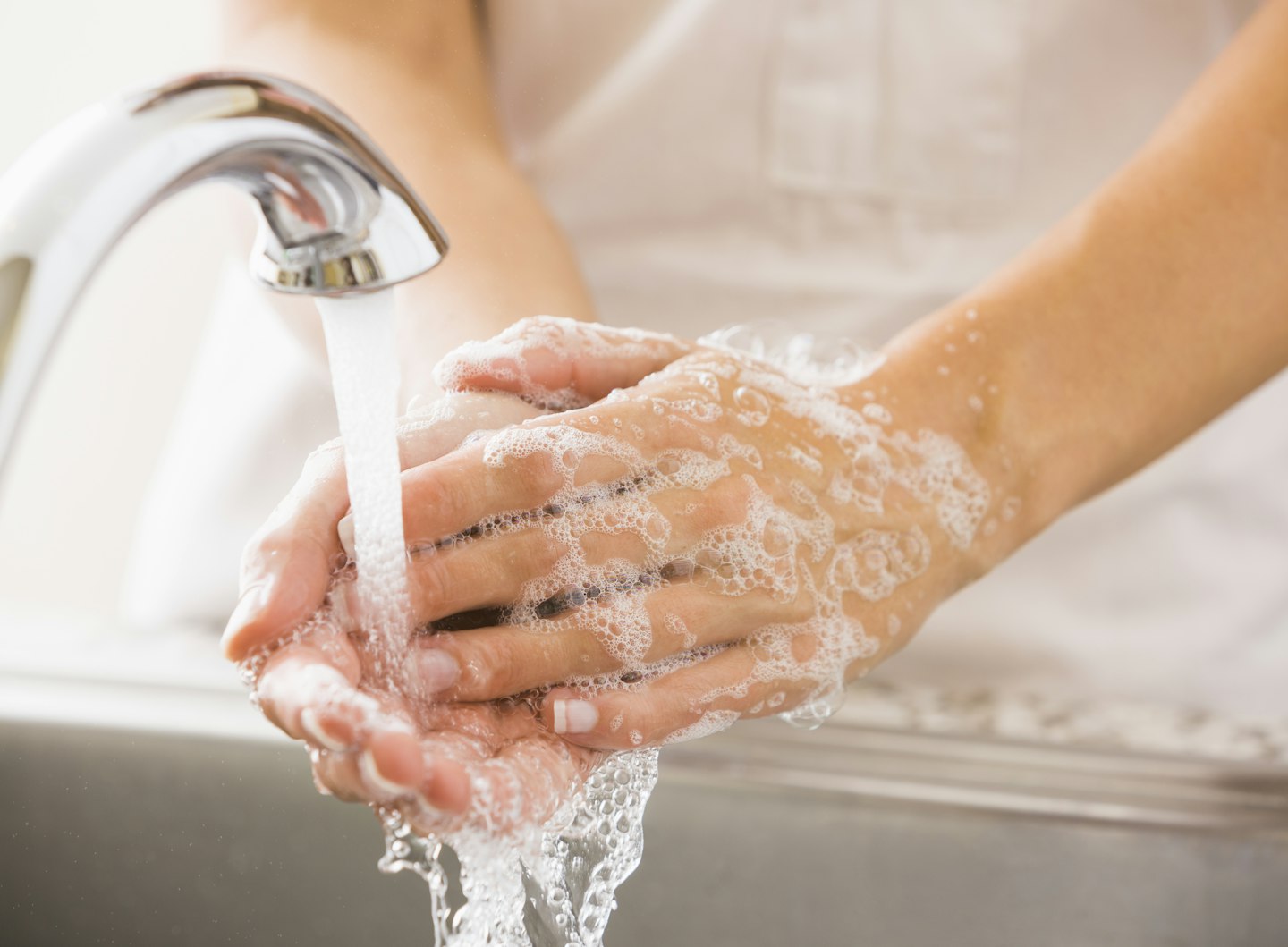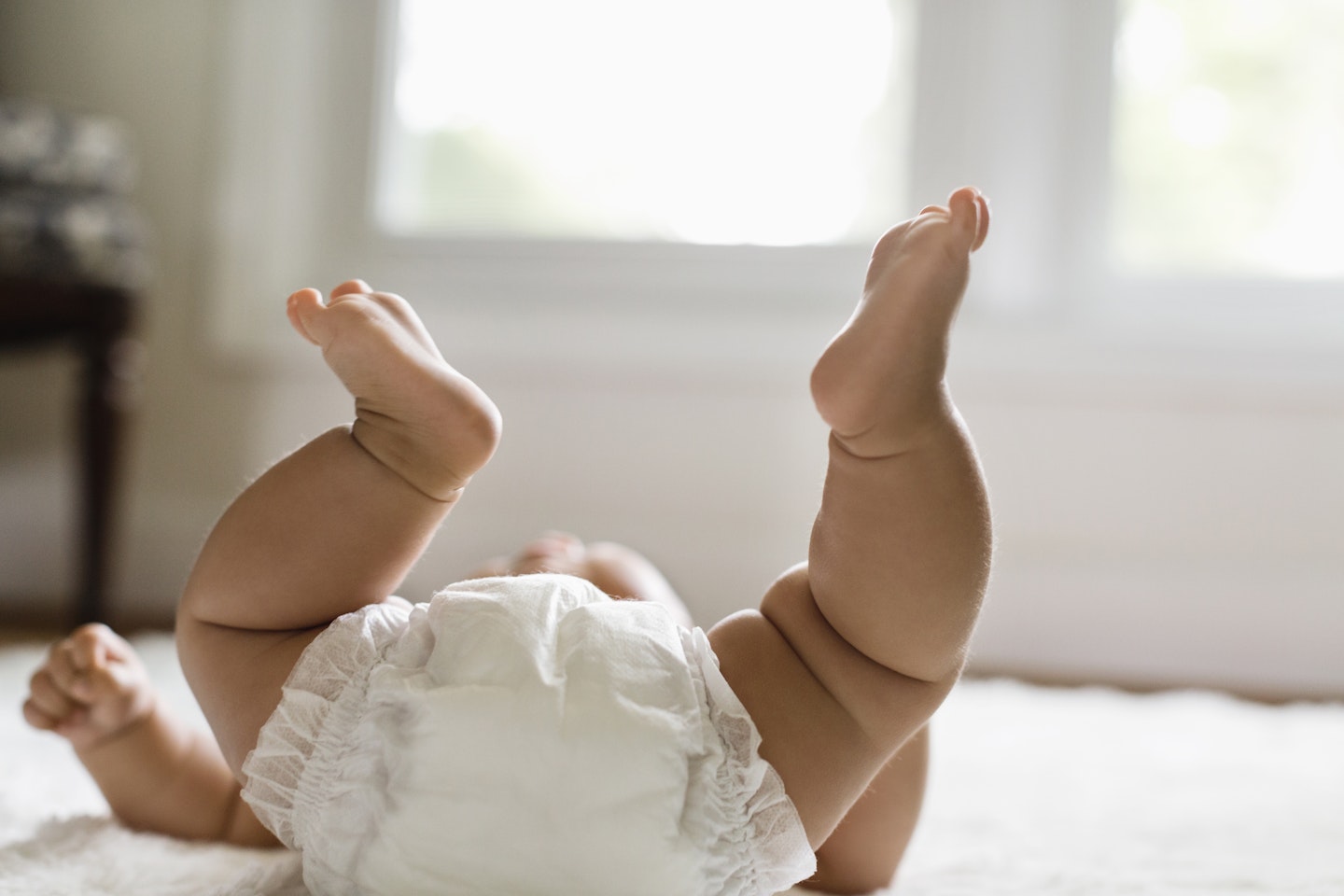As a new parent, there are lots of things to learn, from how to feed your baby to teaching them to walk and talk, and of course, how to change their nappy.
It’s a basic skill that every new parent needs to know how to do, and it's easier than it looks – we promise! We’ve broken the process down for you, step-by-step, to make sure you’ll be a nappy-changing pro in no time.
How to change a baby's nappy step-by-step
Step 1: Get ready to change your baby's nappy

Before you start changing your little one, make sure you have everything you need to change your baby's nappy.
Here's a quick breakdown of what you'll need:
• A clean disposable nappy
• Baby wipes, a damp cloth, or cotton wool and warm water
• A barrier cream
• A nappy sack for the dirty nappies and used baby wipes
First, place a changing mat or towel on the floor, or make sure your changing table is clean and tidy. If you’re using a changing table, make sure you don’t take your eyes off your baby as they can easily roll off.
Next, make sure you have a stack of nappies to hand and a supply of cotton wool and lukewarm water or baby wipes to clean your baby’s bottom with. You’ll also need something to dry your baby’s bottom with and a bag or nappy sack to put your baby’s dirty nappy in. If your baby tends to getnappy rash, it’s handy to have a barrier cream for this nearby.
"Make sure the room is not too cold for your baby who will, after all, be naked bottom half down for a little time," says antenatal instructor Louisa van den Bergh, founder of LuluBaby. "It can be helpful to have two changing stations – one upstairs and one downstairs to save you going up and down the stairs too frequently."
It’s also a good idea to have a clean change of baby clothes in reaching distance, in case they've made a mess of the ones they're wearing.
Once you’ve done that, you’re ready to get started.
Step 2: Wash your hands

And dry them properly, too.
Step 3: Remove your baby's dirty nappy

Lay your baby on their back on your chosen changing surface. Undress their bottom half or undo the poppers on their babygro. Leave their top half covered to keep them warm.
Unfasten the sticky tabs and fold them over so they don’t stick to your baby’s skin.
"Your baby may pee soon after you open up their nether regions to the fresh air, so best for the old nappy to absorb that," says Louisa. "If you have a little boy, you may want to point his penis down towards the nappy to save an unwelcome shower."
Step 4: Clean them up
Raise your baby's bottom gently off the table by grasping both ankles so you can remove the nappy and clean them.
If your baby’s done a poo, use the front of the nappy to clean as much off their skin as possible. Throw the dirty nappy into your nappy bin or roll it up, sticking down the tapes to seal it, and put it to one side for a minute.
Use the cotton wool and warm water or baby wipes to clean the rest of your baby’s bottom – regardless of whether your baby’s done a poo or wee. If you’ve got a baby girl, clean her from front to back so she doesn’t get any germs in her vagina and if your baby’s a boy, make sure you clean around his testicles and penis.
Make sure you get into all the creases of your baby's thighs and bottom, even if they've only done a wee.
Step 5: Dry your baby
Make sure your baby’s bottom is dry before putting on the clean nappy as the sticky tabs won’t work if they’re wet.
"Many babies (usually older than three weeks) really enjoy a nice 'nappy free kick' which can give their bottom a chance to dry too," says Louisa. "If there are any signs of nappy rash, it can help the healing, but also babies just love a bit of time to kick and feel some fresh air around them, and especially if mum or dad are cooing/singing to/ chatting with them. If you are in a rush though, pat their bottom dry with a muslin or towel."
Step 6: Apply a barrier cream
If your baby has nappy rash, now’s the time to apply some barrier cream.
"It is the ammonia in the urine which can produce nappy rash, so anything which can help prevent that from coming into contact with your baby’s skin is good," says Louisa. "If your baby is developing a little nappy rash, we advise using Sudocrem. If your baby has a full-blown nappy rash, then Metanium is great at clearing that up. If you are at all concerned, see your GP."
Read more: The best nappy rash creams to soothe sore bottoms
Step 7: Put a clean nappy on

Get out a clean nappy and place it under your baby by gently grasping both their ankles and lifting their bottom in the air. "The back half should come up to about your baby’s waist," says Louisa. "If you have a little boy, make sure their penis is pointing down! If your baby is a newborn, then fold down the top part of the nappy so that their cord stump is not in the nappy. Some newborn nappies are specially designed with a cut out for the stump."
Make sure the bit of the nappy that’s between your baby’s legs is spread open to avoid chafing and fasten the nappy on each side using the sticky tabs. "Stick the tabs down so it is snug but you can still fit one finger down at the top," says Louisa.
Step 8: Clean up
Make sure your baby is lying in a safe place, like on the floor or in a cot, then put the nappy sack in a lidded bin. Wash your hands thoroughly or use hand sanitiser if a sink isn't available, then you're done!
How often to change a baby's nappy
A lot! While younger babies can need changing as much as 10 or 12 times a day, older babies need to be changed around six to eight times.
What about reusable nappies?
The cloth nappies of yesteryear have had a make-over. No more boiling and washing, dodgy smells and hard work. In fact, reusable nappies are way easier to include in your baby's routine than you'd think.
Modern-day reusable nappies are elasticated and fastened with poppers or velcro and come in loads of funky prints and patterns. There's no boiling or soaking involved either, you just have to chuck them in the washing machine.
There are loads of options out there and the choice can be overwhelming, so we've put together a list of our award-winning reusable nappies. The initial outlay of cost might seem a lot at first, but considering your baby will use approximately 900 nappies before they're into pants, it may well be worth it in the long run.
How do I change a reusable nappy?
The process is much the same as changing a disposable nappy, only you'll fold the nappy up and tip any loose poo into the loo. Then you'll need to rinse the nappy and put it in the wash.
If you're still searching for a reusable nappy, check out our guide to the best reusable nappies here.
Popular articles to read
Why is my baby pooping so much? All your poo-related questions answered
